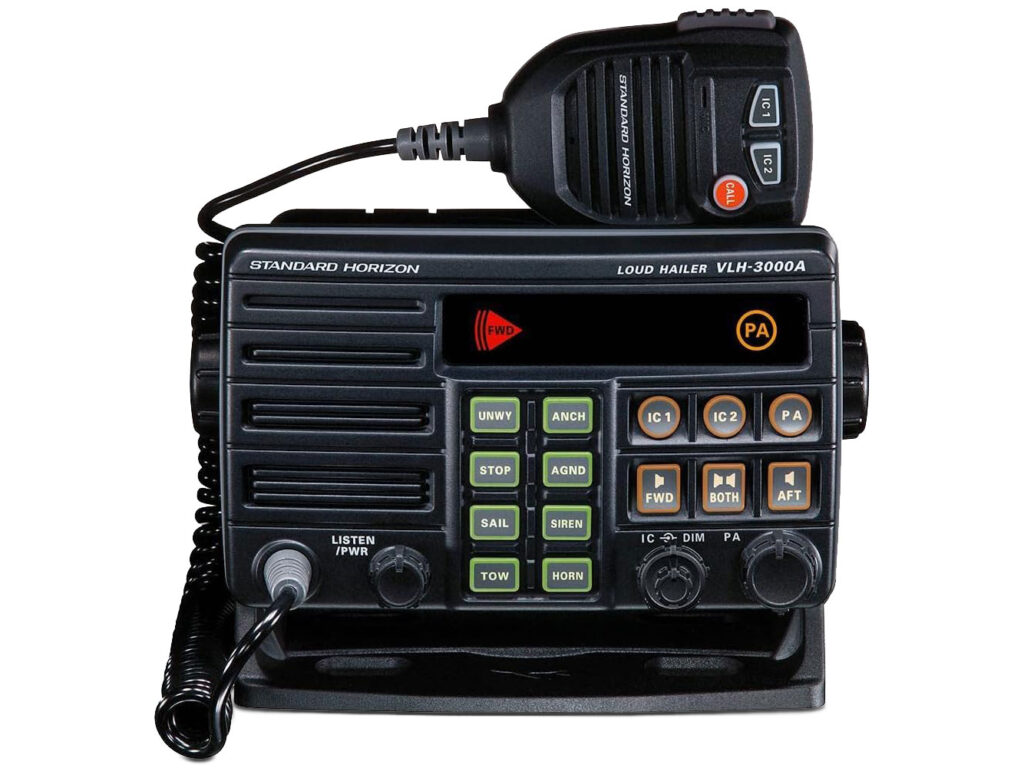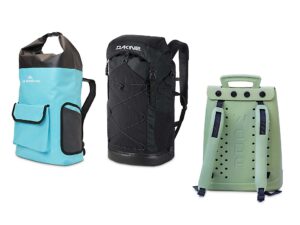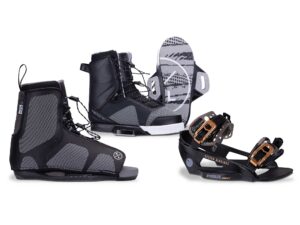
I love my loudhailer. The booming PA function lends my voice an air of authority. At the very least, it lets me communicate with nearby boaters while standing off. But marine loudhailers are more than bullhorns. They enhance communication and boating safety in a number of ways.
Stand-Alone Hailers
Before we discuss functionality, let’s talk about the 12-volt DC-powered systems themselves. Marine loudhailers come in two versions. One is the stand-alone unit such as the Furuno LH5000 or the Standard Horizon VLH-3000A. Both hailers offer 30 watts of power and provide a variety of functions.
Integrated Hailers
In years past, stand-alone loudhailers were the most popular choice, but in recent times, marine loudhailers built into fixed-mounted VHF radios have taken over in the popularity contest. VHF models with integrated hailers include models such as the Icom IC-M605 and the Standard Horizon GX2400. The built-in hailers in each of these models also offer 30 watts of power, and like the stand-alone hailer, they perform a number of functions.
Loud Speakers
A loudhailer is useless without a loud speaker. This hornlike device is a separate purchase that must be installed and connected to the loudhailer unit. I have mounted the 30-watt Standard Horizon 5-inch-round loudhailer/foghorn speaker, facing forward on the hardtop. On a larger boat, you might opt for the 7-inch-wide, 40-watt Shakespeare loudhailer horn.
Both of these loud speakers feature UV-resistant, high-impact white plastic construction, as well as adjustable brackets for various mounting angles. A built-in extension wire usually provides sufficient length to reach the loudhailer units at the helm and connects via a wire splice, RCA plug, or other connector.
PA System
Switching the loudhailer to the public-address function allows you to speak with other boaters or hands at the fuel dock at ranges where it’s too far to shout and be heard over the noise of wind and waves. Just push the mic button to talk. You can even use it to communicate from an enclosed helm with a crewmember manning the anchor at the bow. The volume is adjustable to suit the distance. A listen-back feature amplifies the voices of crew and others responding to you, allowing you to better hear them through the speaker on the loudhailer unit at the helm, facilitating two-way communication.
Read Next: Essential Boating Safety Equipment & Checklist
Automated Foghorns
Whenever fog rolls in, I immediately switch the loudhailer to automated foghorn mode, which sounds a warning to any approaching vessels, relieving the skipper of the task of performing this safety function manually. There is often more than one mode of the foghorn. With my Standard Horizon VHF hailer, for example, you can select from:
- Underway — a 5-second blast every 2 minutes
- Stop — two 5-second blasts every 2 minutes
- Sail — a 5-second blast and two short blasts every 2 minutes
- Tow —a 5-second blast and three short blasts every 2 minutes
- Aground — an 11-second ring every minute
- Anchor — a 5-second ring every minute
The listen-back function can prove helpful in foggy conditions, allowing you to better hear the sounds of a nearby vessel, such as the rumble of the engine or water splashing off a boat underway.
Horn and Sirens
Loudhailers can also serve as sound-producing devices to satisfy Coast Guard requirements. In horn mode, for instance, my hailer will blast a horn sound from the loud speaker at the press of the mic button. Loudness can be adjusted by the volume control on the hailer. I can also set my hailer to produce a siren sound, which invariably grabs the attention of all nearby boaters.









